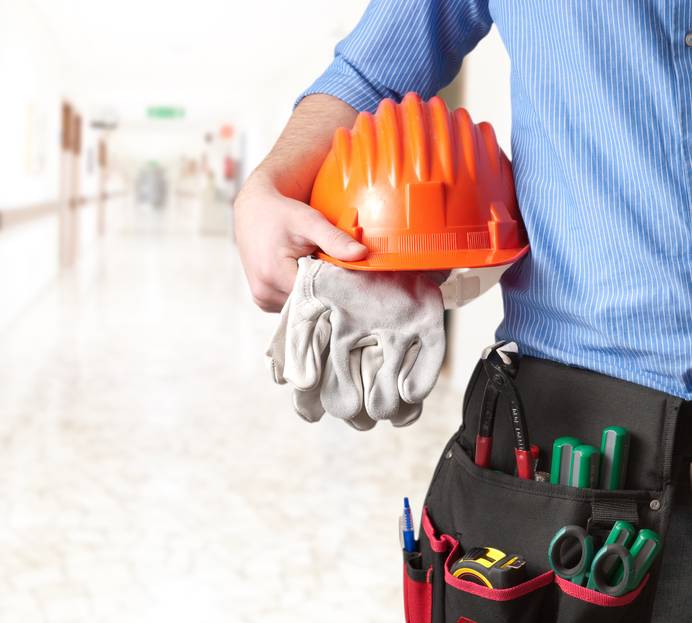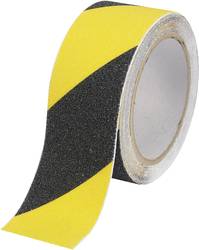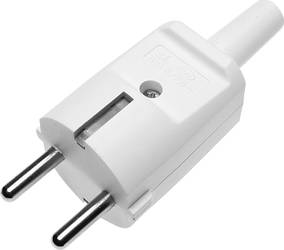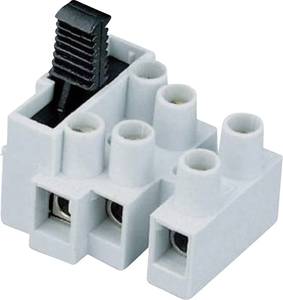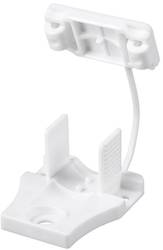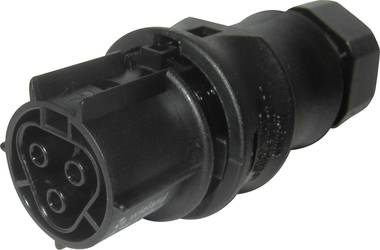Current offers
Switch programs
Cable
Wago Terminal blocks
Switch cabinet
RCD / FI circuit breaker
Circuit breaker
Switch boxes
Screwdriver
Other tools
Guide
Interesting facts about electrical installation material
Under electrical installation material you will find everything you need to install a power supply in building technology. The wide range extends from switch boxes, mains plugs and connectors to accessories for laying power cables such as cable ducts for concealing power cables, support rails and various adhesive tapes. There is also weather-resistant installation material for outdoor areas and gardens.
What is electrical installation material?
Electrical installation material includes all accessories for the distribution of electricity in buildings and associated outdoor areas such as gardens. In addition to switch boxes and power plugs, this includes a comprehensive range of products that are useful for laying cables. For example, distributors, connectors and fastenings for cables.
The components for electrical installations can basically be divided into two large groups: There are active and passive components. They differ in terms of whether they are:
- actively belong to the current-carrying parts
- or passively only fulfill auxiliary functions, but are not live themselves.
Accessories are often passive installation material. For example, cable ducts are only intended as a supporting structure and as additional protection for sheathed cables, but in contrast to the cables, they are not live components.
What is electrical installation material used for?
Electrical installation material is used in a variety of ways for the distribution of low-voltage electricity in buildings, individual parts of buildings, apartments and individual rooms. However, electrical installation material is also used extensively in commercial properties and industrial plants.
With the current-carrying components for electrical installation in this category, you can realize the basic distribution in buildings, but only
- behind the main switch, any lightning conductors and similar general fuses
- only approved as intermediate connectors for the low-voltage range
- or before the plug-in connection of electrical appliances
Search tip: You can find suitable tools in our electrical installation category in the store.
Installation boxes
Installation boxes are switch boxes. As additional housings, they are used to ensure that electrical components are safe to touch. There are both junction and branch boxes. For more demanding requirements, there are installation boxes for damp rooms and those with high fire protection classes.
Adhesive tapes
Adhesive tapes are useful helpers for electrical installations. They create order and can also be used for fastening. In addition to conductive and insulating adhesive tapes with adhesive strength on one or both sides, this sub-category also includes anti-slip tapes, sealing tapes, masking tapes and marking tapes.
Mains plugs, mains couplings
Mains plugs and their counterparts, the mains couplings, are connectors for supplying power to electrical appliances. The large selection of simple models is supplemented by earthing contact plugs, angle plugs and intermediate switches.
Search tip: We also have flush-mounted sockets to match the mains plugs.
Laying power cables
The installation material for laying power cables includes various types of cable support systems as well as guide and cover channels for electrical cables. These include skirting systems as well as cable trays, parapet channels, installation conduits, mounting tapes and other passive cable routing systems that have nothing to do with the actual electronics.
Connection terminals, single wire connectors
Connectors for cables and wires can be used to connect electrical cables to each other as well as to create branch distributions. These are usually terminals into which wires can be installed with little effort. Common examples are box terminals, luminaire terminals, luster terminals and Wago terminals. As intermediate pieces, such connectors help with the detailed realization of larger switching environments.
Wieland garden electrical installation system
In outdoor areas, it is important that electrical cables are laid in a weatherproof manner so that no moisture can penetrate when it rains. The installation system for outdoor areas includes everything you need for safe power distribution outdoors, including cables, plugs, sockets, distributors and wireless push-buttons.
Safety note: Before installing electrical components in damp rooms or even outdoors, always check whether the manufacturer explicitly lists outdoor installation as permissible in the product description. The majority of electrical material is only designed for indoor use, as the components do not offer sufficient short-circuit and contact protection when wet, which represents a considerable safety risk.
Safety instructions for electrical installation
Always entrust the installation of domestic electrics to a specialist company. Only they have the relevant expertise and insurance to cover any consequential damage if something goes wrong during installation.
The financial damage caused by electrical installation errors can quickly add up to six-figure sums:
- Insurance and warranty claims for all connected electrical components are at risk of being invalidated if homeowners or tenants carry out unauthorized work.
- Improper use of electrical installation materials poses the risk of life-threatening accidents due to electric shock.
